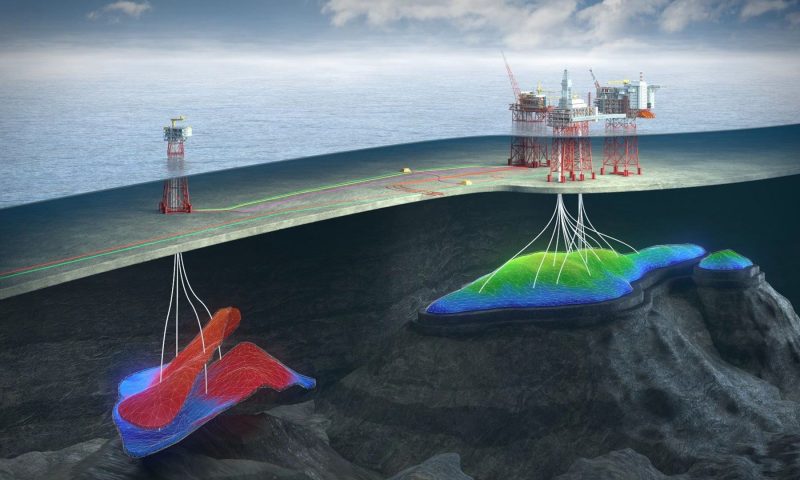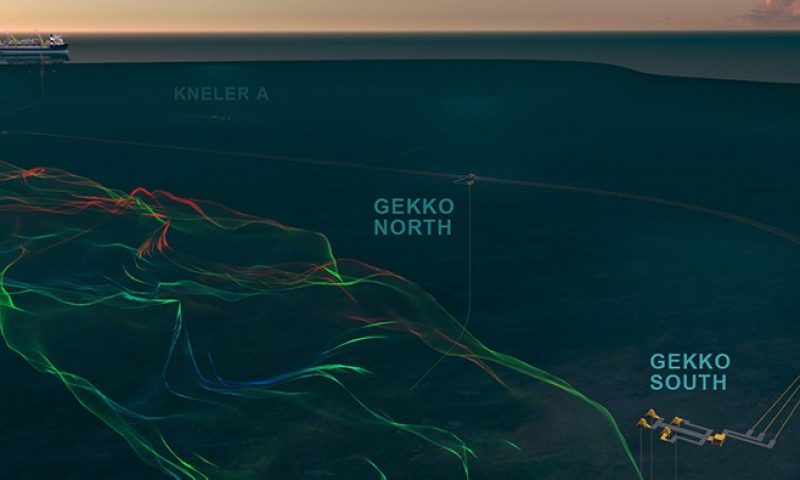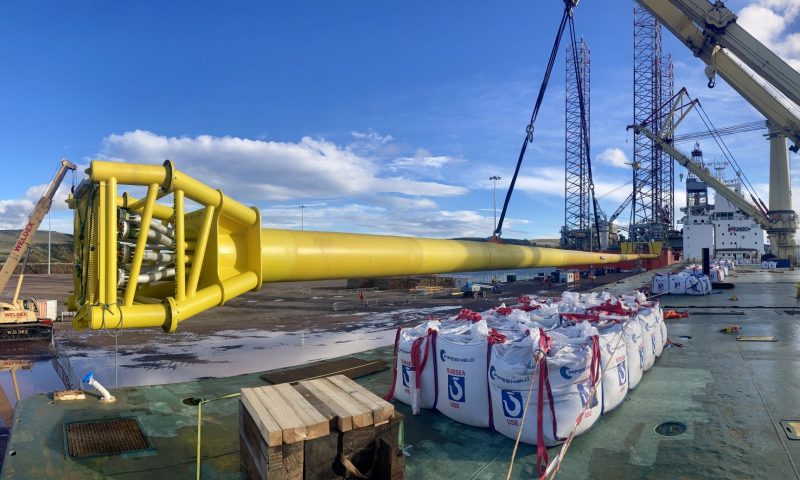
Ærfugl Reduces CO2 per barrel by up to 30 percent on Skarv FPSO
The Ærfugl project shows how profitable developments go hand in hand with low CO2 emissions.
Aker BP manages natural resources to create value. This is why Aker BP is maximising value by utilising available resources in the best possible manner, keeping costs low and emissions at a minimum. To reach these goals, the people in Aker BP always strive to outperform themselves by always doing their very best and always seeking improvement. The Ærfugl project is an excellent example of what they do and how they do it.
Lower break-even
Ærfugl is the first new field tied back to Skarv, and it is expected to increase the gross asset production from around 85,000 to 140-150,000 barrels of oil equivalent per day.
When Ærfugl Phase 2 is completed, the CO2 emissions per produced barrel of oil equivalent on Skarv will be reduced by up to 30 per cent by 2022. This is due to the increased share of production from Ærfugl. In addition, the production from Ærfugl comes in at high inlet pres-sure before processing, which eliminates the need to run an extra compressor to export the gas to the pipeline.
“The Ærfugl project strengthens Skarv both commercially and in terms of environmental footprint. The Skarv area has high prospectivity and a multitude of possibilities, and Ærfugl gives us the opportunity to study sustainable power supply solutions in the future” Said Ine Dolve, Senior Vice President, Operations & Asset Development
Ærfugl has become one of the most profitable development projects on the Norwegian continental shelf. The initial estimated break-even price was USD 18.5 per barrel of oil equivalent (converted from gas) at PDO submission. Due to increased reserves, earlier production, a stronger dollar and accelerated tax depreciation, the break-even price has improved to less than USD 15 per barrel.













